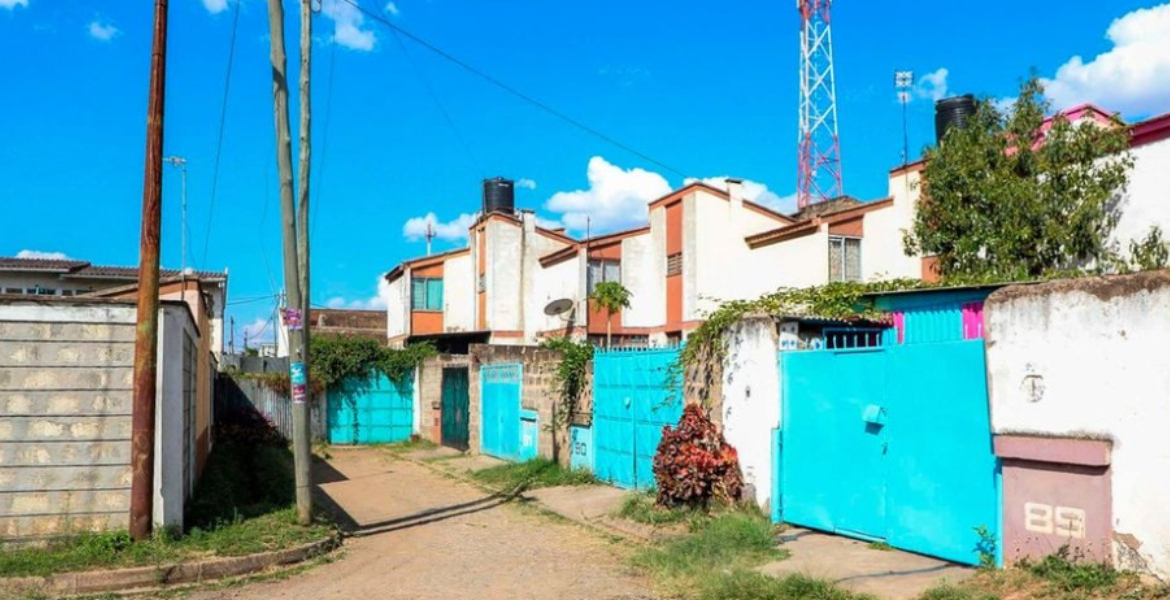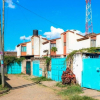Middle-Class Buruburu: Low Rents, Flat Home Prices Cause Concern

Buruburu, once Nairobi’s symbol of middle-class ambition, is losing ground to newer satellite towns offering modern housing and better infrastructure.
Developed between 1974 and 1984 in five phases, Buruburu was designed as a model estate for Kenya’s emerging middle class. Its neat maisonettes, tree-lined courts, and paved roads represented stability and suburban comfort for families moving up the social ladder. Five decades later, the estate’s ageing homes and strict planning rules have left it struggling to compete with newer developments that reflect the changing preferences of Nairobi’s professionals.
Real estate analyst Johnson Denge describes Buruburu as “nearing obsolescence,” citing a lack of urban renewal and zoning restrictions that prohibit high-rise construction. Unlike South B and South C, where county authorities have eased building regulations and upgraded sewer systems to support redevelopment, Buruburu remains under tight control. This has discouraged investors and limited opportunities to modernise the estate, despite the growing demand for higher-density housing.
The estate’s decline is further driven by deteriorating infrastructure. In Phase One, many roads have not been repaired since their original construction, leaving them in poor condition. Kariobangi South MCA Robert Mbatia links Buruburu’s stagnation to these neglected service roads, which often become impassable during the rainy season and reduce the area’s appeal.
Rental trends reflect the estate’s fading competitiveness. Maisonettes ranging from 100 to 200 square metres rent for between Sh35,000 and Sh60,000 a month-figures that have barely changed in recent years. In contrast, newer developments such as Greenspan, Nasra, and Mihango charge between Sh45,000 and Sh70,000, supported by modern designs and better amenities.
Property agent Christine Otieno notes that tenants increasingly prefer homes with secure parking, rooftop laundry areas, gyms, and gated security, features that most Buruburu houses lack. Unregulated conversions of homes into commercial premises have also altered the estate’s original character. To increase rental income, some homeowners have extended their properties beyond the permitted one-storey limit, blocking natural light and airflow while disrupting the estate’s once-uniform design.
Rising congestion and security concerns have further encouraged residents to relocate to newer, better-managed suburbs. Despite these challenges, Buruburu’s historical importance remains significant. Long-time residents such as Patrick Mwai, chair of the Phase One Welfare Association, recall its early years with pride. Mwai bought his home for Sh44,000 through the Housing Finance Corporation when government salaries ranged from Sh600 to Sh800.
He remembers a neighbourhood defined by shared open spaces, wooden fences, and close community ties, now largely replaced by piecemeal extensions and commercial conversions. According to the 2023–2024 Kenya National Bureau of Statistics real estate report, Buruburu now falls within the “Nairobi Middle” category, alongside Kasarani, Donholm, and Ruai. Average prices reflect this shift: a two-bedroom bungalow sells for about Sh11.2 million, while a three-bedroom maisonette costs around Sh13.5 million.
These figures are well below those in higher-end areas such as Kilimani, at Sh31.3 million, and Karen, at Sh88 million.








Add new comment